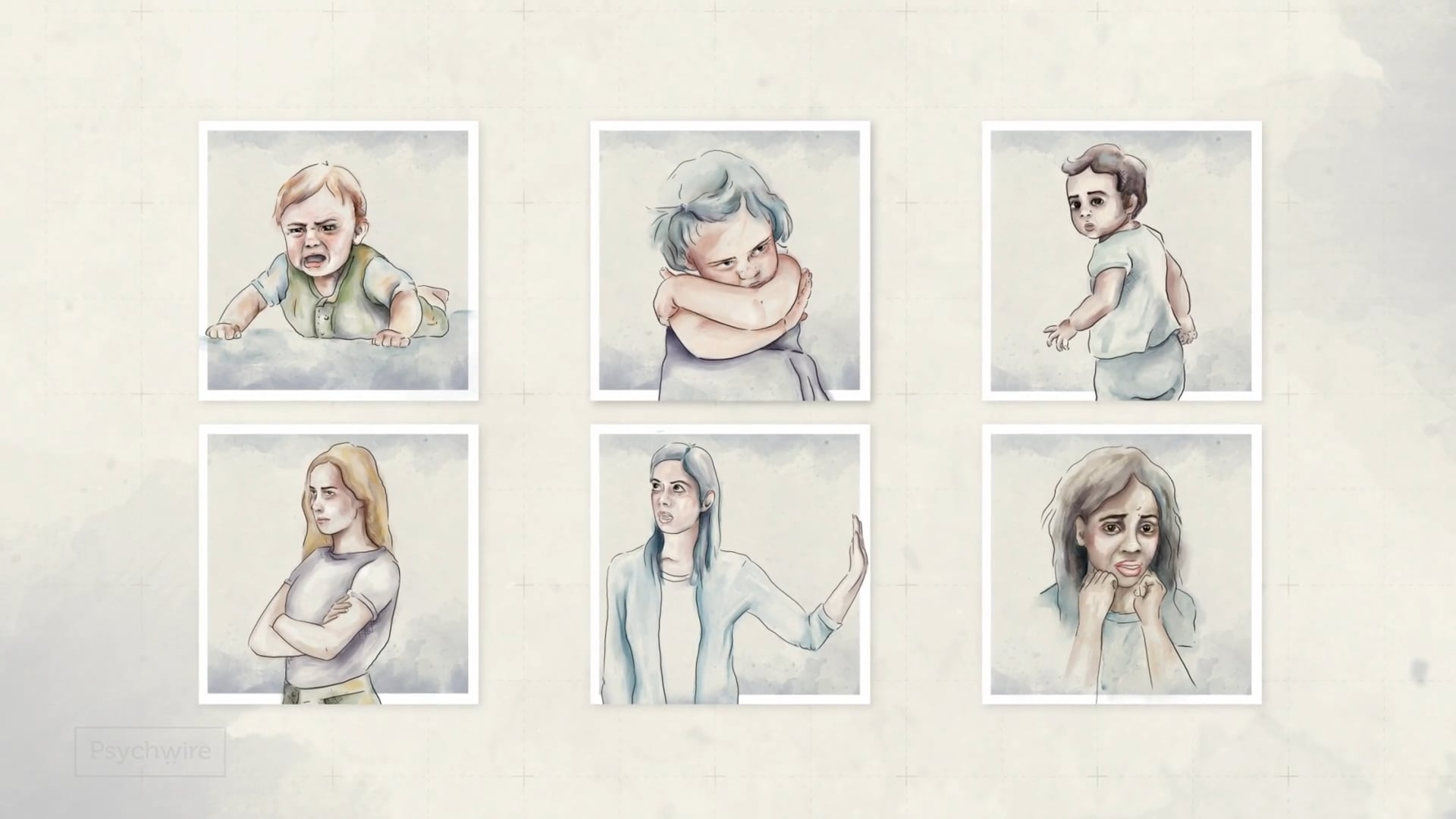
Linking Child and Adult Attachment
 EMDR for Attachment Injuries
EMDR for Attachment InjuriesSubsequent to this strange situation early research, Mary Main and Erik Hesse, with the help of Mary Ainsworth, looked more in-depth at the mothers. And from this study, they developed the Adult Attachment Interview. They looked at the patterns between the mothers and the children and discovered they were parallel. So children who had that avoidant pattern tended to have mothers who were dismissive in their pattern.
Children who had the ambivalent resistant pattern had mothers who were preoccupied in their pattern. And children who looked disorganized in their pattern had mothers who were unresolved disorganized in their pattern. And so what did that mean? It meant that attachment patterns are transmitted generationally. There tends to be about a 60 to 70% correlation between parents' attachment patterns and the children's attachment patterns.
In addition, when researchers looked at just non-secure versus secure patterns, there was a full 75% correlation between the parent's pattern and the child's pattern. We also know that there's a tendency for the attachment patterns to stay consistent over time unless there's a significant intervening emotionally corrective experience. This is really important for therapists to understand in-depth because if we can understand it, and we can intervene appropriately and effectively, we can make an enormous difference in the way people are functioning in their relationships, in their lives, and we can intervene in the transmission of attachment patterns from parents to children. So next, we're going to take a look at each of the attachment patterns to understand them in more depth.